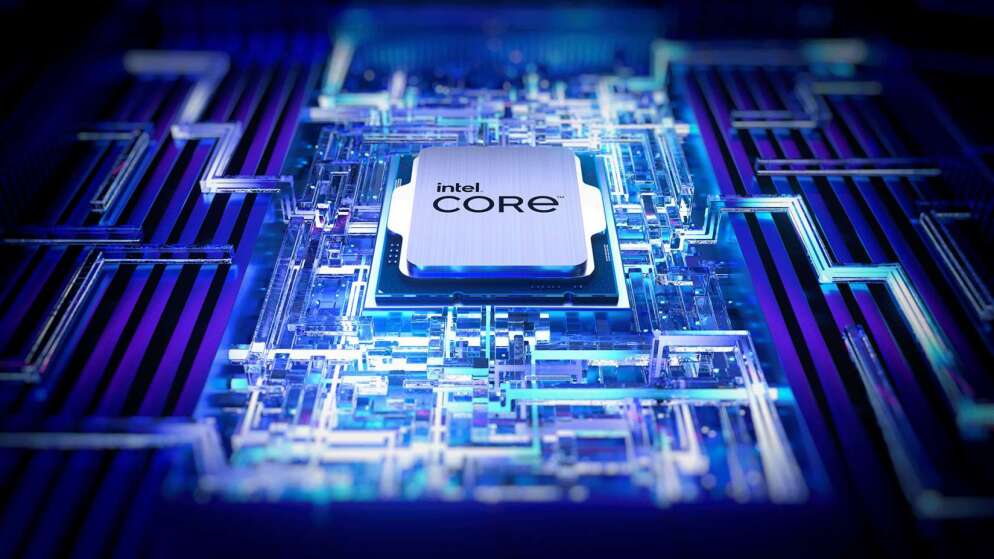A lot of curiosity and conjecture has been raised among tech enthusiasts and industry analysts around Intel’s purported decision to raise the maximum thermal junction (TJ Max) temperature in its future Arrow Lake and Panther Lake CPUs. The TJ Max for these next-generation CPUs will be raised by Intel to 105 degrees Celsius, while Lunar Lake CPUs are anticipated to keep the present maximum of 100 degrees Celsius, according to leaks given by Jaykihn, a trustworthy source for CPU leaks.
The TJ Max is a critical parameter that defines the upper threshold of safe operating temperatures for a processor. Beyond this point, the CPU’s built-in protection mechanisms activate to prevent overheating, which can lead to system instability, performance throttling, or even hardware damage. By raising the TJ Max from 100 to 105 degrees Celsius, Intel aims to provide its CPUs with greater thermal headroom, allowing them to operate at higher temperatures before these safeguards come into effect.
This potential increase, though seemingly subtle, holds significant implications for CPU performance and user experience. One immediate benefit is enhanced stability under heavy workloads or prolonged gaming sessions, where CPUs are often pushed to their thermal limits. Users can expect reduced instances of thermal throttling, which can degrade performance, affect frame rates in gaming, or cause interruptions during demanding tasks.
However, the prospect of higher operating temperatures also raises concerns, particularly regarding overall system thermals and cooling requirements. CPUs running closer to their new TJ Max may generate more heat on average, which could impact system longevity and reliability, especially in devices with constrained cooling solutions like laptops and ultrathin notebooks. This scenario underscores the importance of effective thermal management and cooling solutions to maintain optimal performance and prevent overheating-related issues.
Moreover, the practical implications extend to user behavior and hardware maintenance. While a higher TJ Max theoretically allows for less aggressive cooling solutions, it necessitates vigilant temperature monitoring to ensure that CPUs do not consistently operate at or near their maximum temperature. Continuous operation at elevated temperatures can accelerate component wear and reduce the lifespan of critical hardware components, highlighting the need for balanced thermal management strategies.
In addition to the TJ Max adjustments, Jaykihn’s leaks provided insights into Intel’s Panther Lake lineup, detailing various configurations tailored for different market segments. For instance, Panther Lake-H processors are designed for high-performance computing with configurations that include P-cores, E-cores, LP-cores, and Xe3 GPU cores, catering to power users and gaming enthusiasts. On the other hand, Panther Lake-U targets ultrathin laptops, offering a balance between performance and energy efficiency with configurations optimized for mobility and battery life.
Intel’s strategic move to potentially increase the TJ Max comes amidst ongoing challenges and competition in the CPU market, including recent controversies surrounding the Raptor Lake platform. If implemented as rumored, these changes could position Intel’s Arrow Lake and Panther Lake CPUs competitively by addressing thermal performance concerns and enhancing overall user experience.
As with any conjecture, Intel will need to make formal declarations to verify the veracity and execution of these leaks. To evaluate the practical implications of these speculated improvements in Intel’s CPU technology, both tech aficionados and prospective buyers are awaiting more information and benchmarks. Additional information about these advancements, including an overview of Intel’s roadmap and its implications for the future of computing, will be provided at the upcoming Made by Google event in August.
If you like the article please follow on THE UBJ.
